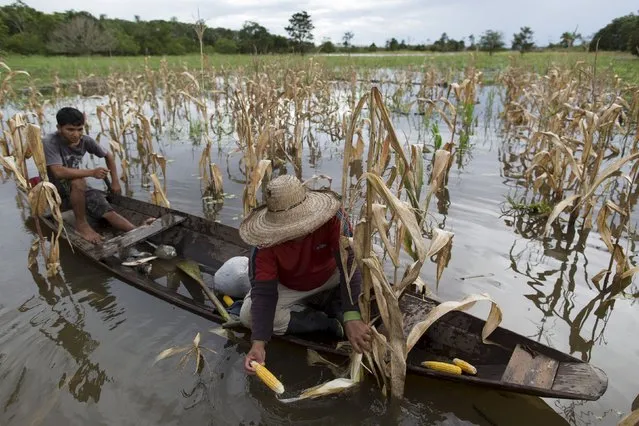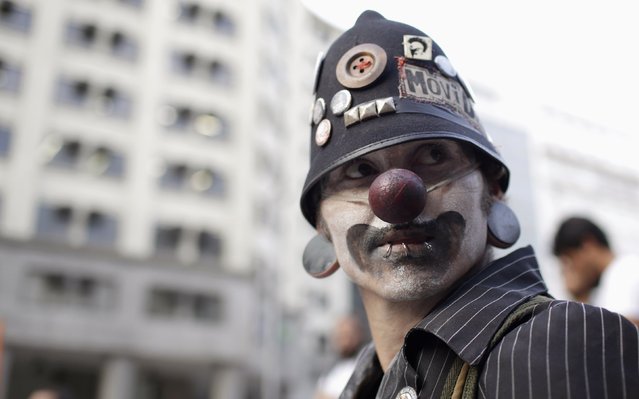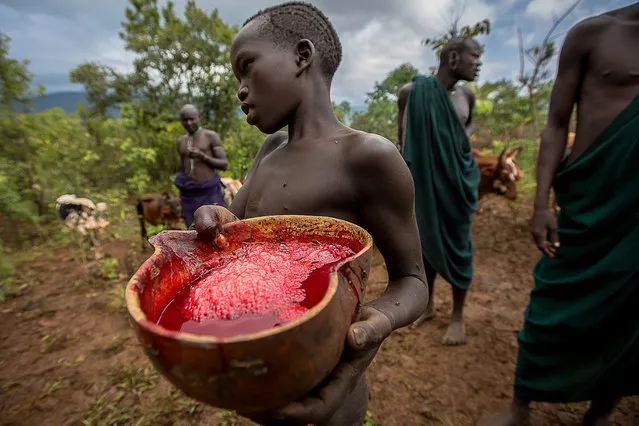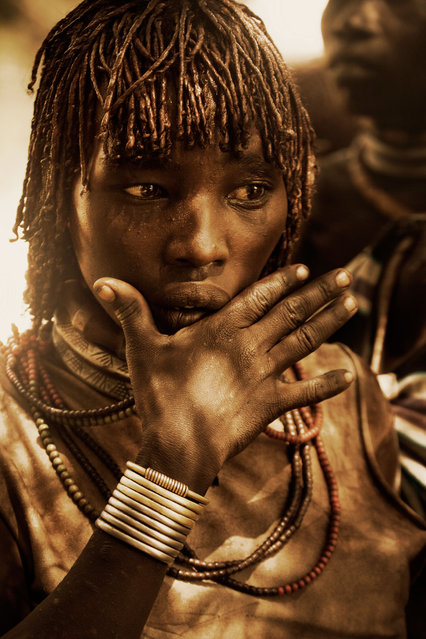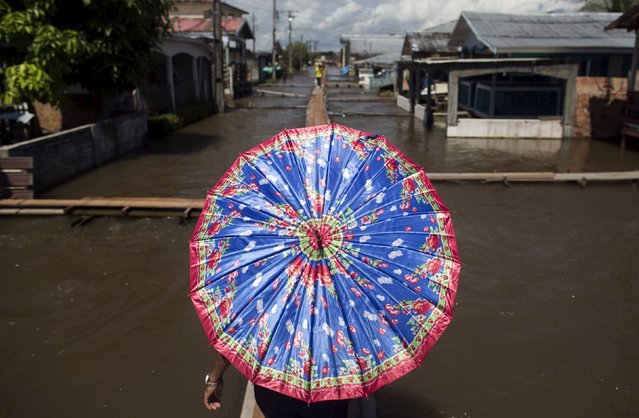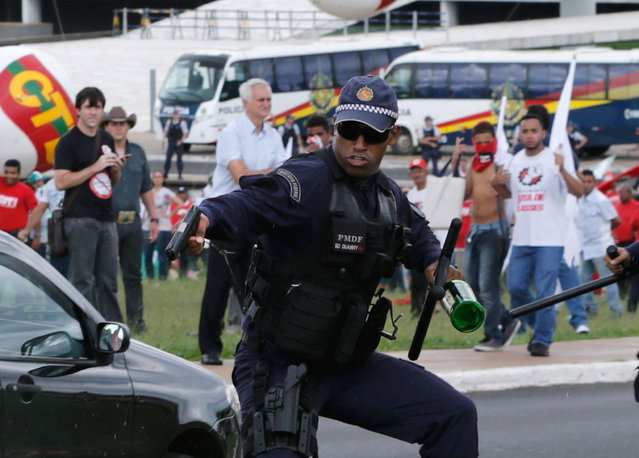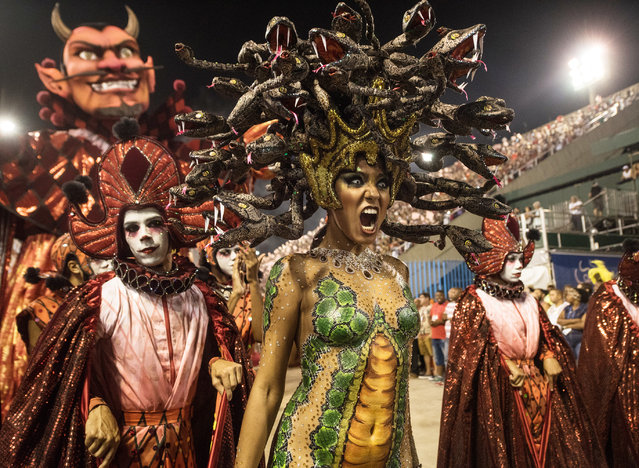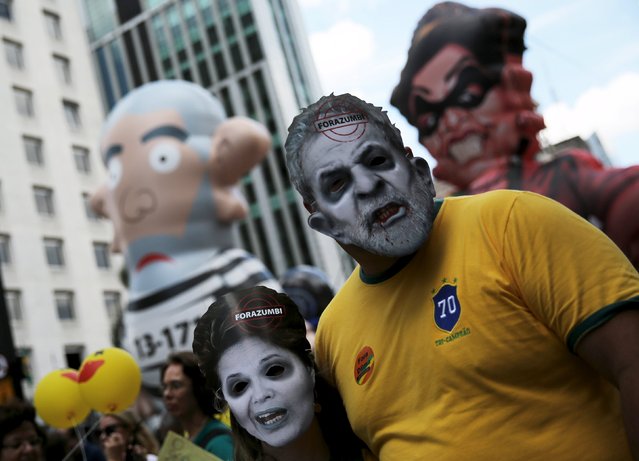
Demonstrators wear masks depicting Brazil's former president Luiz Inacio Lula da Silva (R) and Brazil's President Dilma Rousseff (L) as they take part in a protest calling for the impeachment of Rousseff at Paulista Avenue in Sao Paulo, Brazil, December 13, 2015. (Photo by Nacho Doce/Reuters)
15 Dec 2015 08:05:00,post received
0 comments

